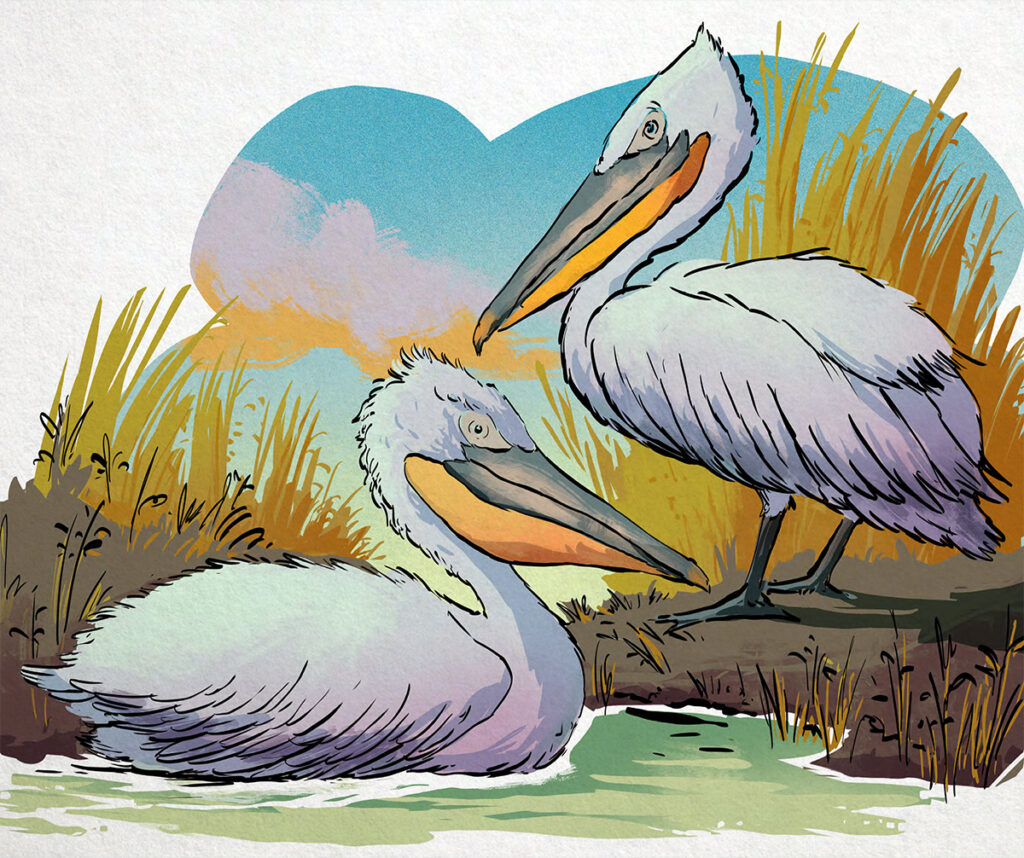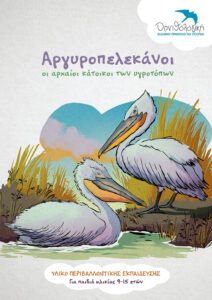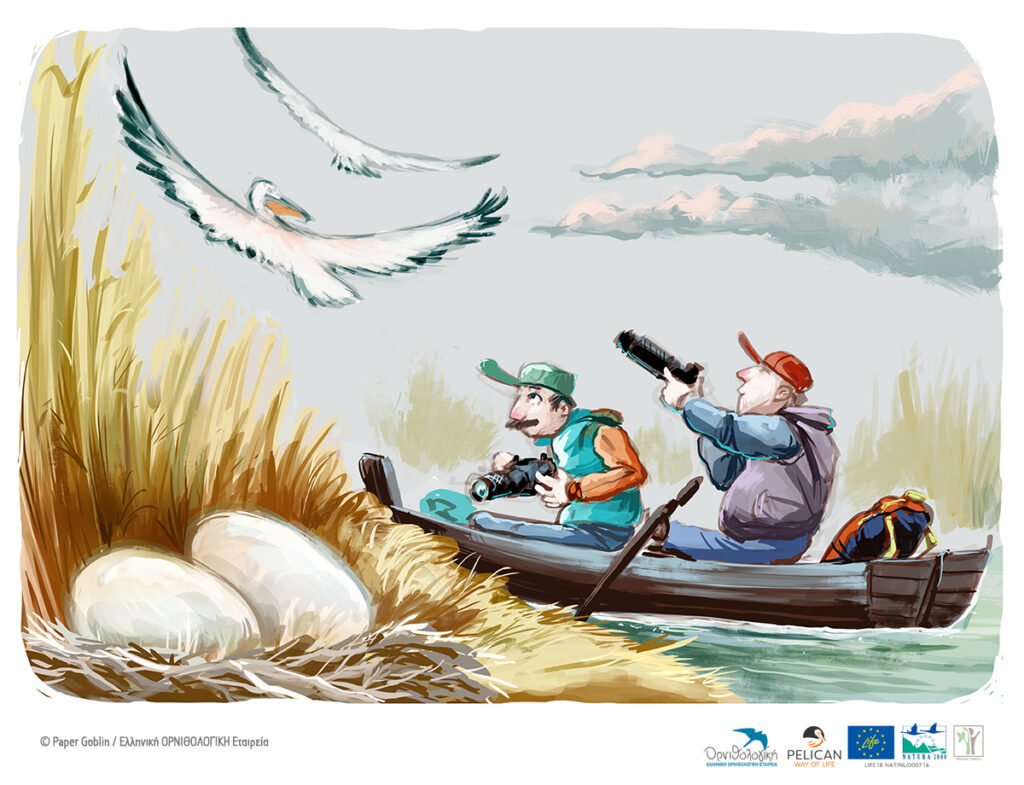The team of the Hellenic Ornithological Society (HOS) developed a lovely kit of educational materials to teach Greek pupils about the biology, behavior and features of the Dalmatian pelican, but more importantly, about the threats the species is facing and the need for its protection.

The educational kit “Dalmatian Pelicans, the ancient inhabitants of the wetlands” consists of the brochure, workbook, Powerpoint presentation, stickers, and more. In total, 7 modules were developed, containing interesting and exciting activities related to the different topics. In each section, a variety of activities are listed so the teacher can choose those that he considers appropriate for the composition and age of his group. The activities are aimed at children aged 9-15 years.
 “With the design of these education materials, we aimed that the Dalmatian Pelican remains a species-symbol of the Balkan wetlands, in coexistence with humans. Pelicans are one of the most recognizable and popular birds, from ancient times to the present day, mainly because of their size but also their amazing appearance. Aristotle was the first to describe pelicans and since then we find references to them in ancient and Christian myths. In the educational kit, we highlighted the importance of their protection but also the criticality of preserving the wetland ecosystems of south-eastern Europe that they inhabit.” shared their thoughts the HOS team.
“With the design of these education materials, we aimed that the Dalmatian Pelican remains a species-symbol of the Balkan wetlands, in coexistence with humans. Pelicans are one of the most recognizable and popular birds, from ancient times to the present day, mainly because of their size but also their amazing appearance. Aristotle was the first to describe pelicans and since then we find references to them in ancient and Christian myths. In the educational kit, we highlighted the importance of their protection but also the criticality of preserving the wetland ecosystems of south-eastern Europe that they inhabit.” shared their thoughts the HOS team.
The Dalmatian pelican continues to fascinate people as one of the most spectacular breeding bird species in Europe. However, it is an endangered species (until recently globally endangered) and the rarest of the eight pelican species in the world. During the decades of the 1960s and 1970s, many of its colonies were lost, mainly due to drainage, disturbance, persecution, overfishing, pesticides, and power lines. It still faces many of these threats today.
The preservation of the population of Dalmatian pelicans moving between the regions of south-eastern Europe depends heavily on conservation actions. Increasing knowledge of the areas it inhabits and of the routes it follows, cooperation between the countries it visits and breeds, reducing mortality from impact with power lines and wind turbines, improving conditions of the breeding grounds, but also informing and raising awareness among people who live near or visit their habitats, are some of the basic actions for the conservation of the Dalmatian pelican implemented in the framework of the Pelican Way of LIFE initiative.

“Involving younger generation in nature conservation activities is crucial for the future. If children will value wildlife and conservation ideas, that will have an enormous positive impact on the long-term success of nature conservation. We want that children not only get some information about this fascinating species but also to see it in nature, and make real steps for its preservation. With this aim we created the workbook “Action Team for the Protection of the Dalmatian pelican” for outdoor use in the areas where the species is present.” added the HOS team.
The HOS team is in contact with the regional education authorities in the project sites to invite the local schools to download from the website and make use of the education materials. Also, teachers can directly contact HOS to jointly organize small-scale events, field trips to observe Dalmatian pelicans, a visit by the HOS educational team to their classroom, and more.
